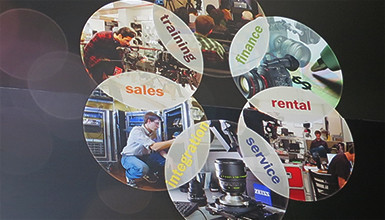Fujinon Cabrio 19-90mm Zoom
| Zoom Factor | MSRP Price | Weight | Lens Mount | T* | Focus Rotation | Iris Blades | Front Diameter | Minimum Focus |
| 4.7x | $39,800 | 5.95 lbs | PL | T2.9 | 200° | 9 | 114mm | 2.8’+macro |
Build & Functionality
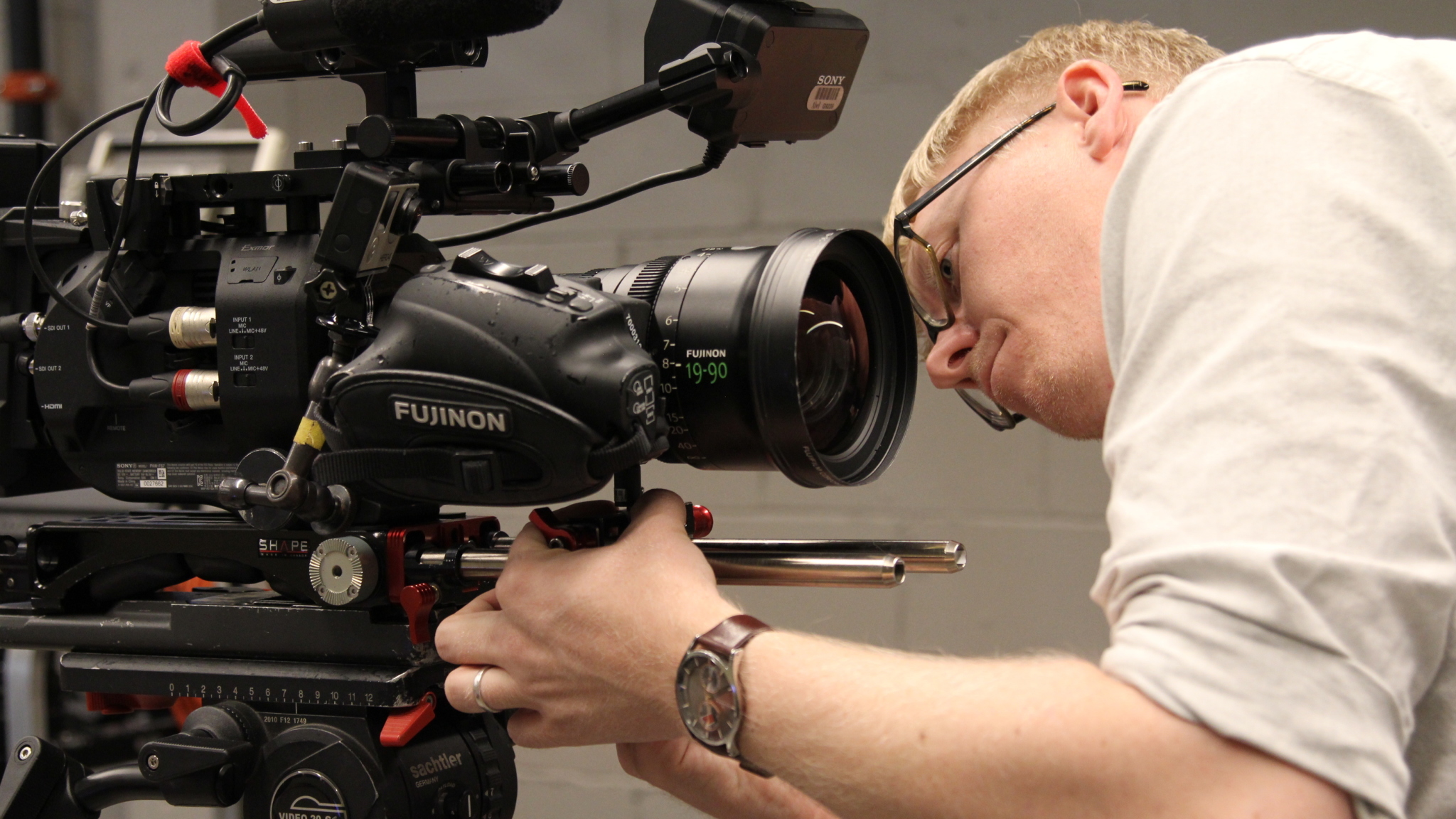
The Cabrio 19-90 is a PL-mount, all metal constructed cinema lens. It’s on the heavier end of the lenses we tested, coming in at 5.95 pounds, but it feels sturdy in your hands. The size of the lens is nice and compact. The lens rings are incredibly smooth and well dampened, making operation a pleasure.
The lens includes a servo controller, that gives the operator a lot of flexibility when shooting handheld. You have start-stop capability, a zoom rocker allowing for smooth moves in-shot, auto iris, and remote ports on the underside of the servo for connecting external focus and zoom controllers. There is also a switch that allows you to disengage the motors to operate the lens manually, or you can fully remove the servo unit and use the lens on its own.
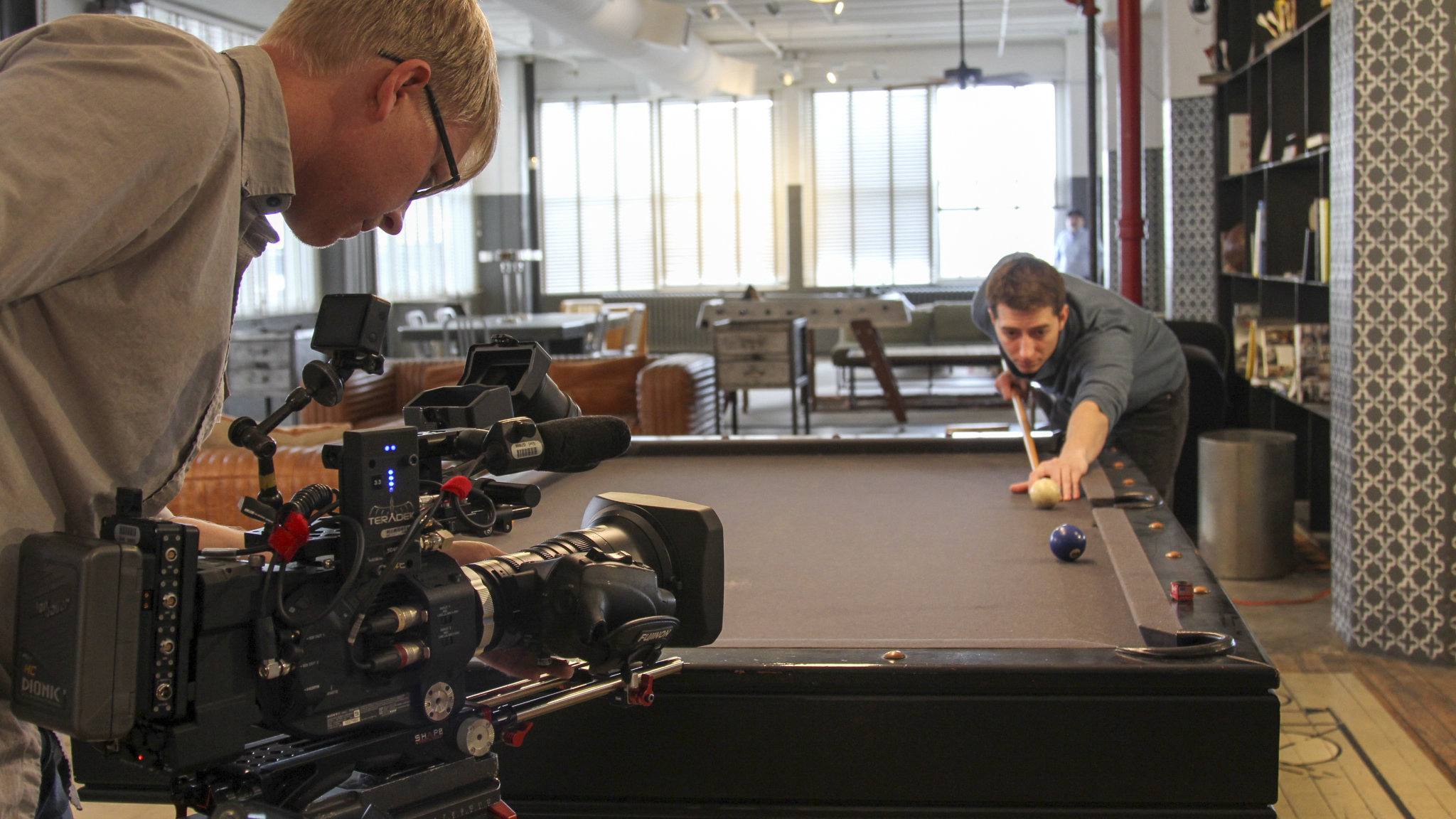
The Cabrio features a multitude of well thought out, high-end attributes that make for easier shooting. It has a flange focal distance adjustment, so you can manually adjust the back-focus of the lens in the field. This can be useful if working in extreme temperature environments when the back focus can fluctuate, or do a lot of travelling where the lens may come out of alignment. The lens is compatible with LDS (Lens Data System) and /i metadata for transferring and recording lens data to the camera – helpful if you need to know precise information from a shot that needs repeating, or when sharing with post-production for CGI. Also, the barrel markings of the lens are luminous, so you can read your focus, zoom and iris marks in the dark!
Geometry
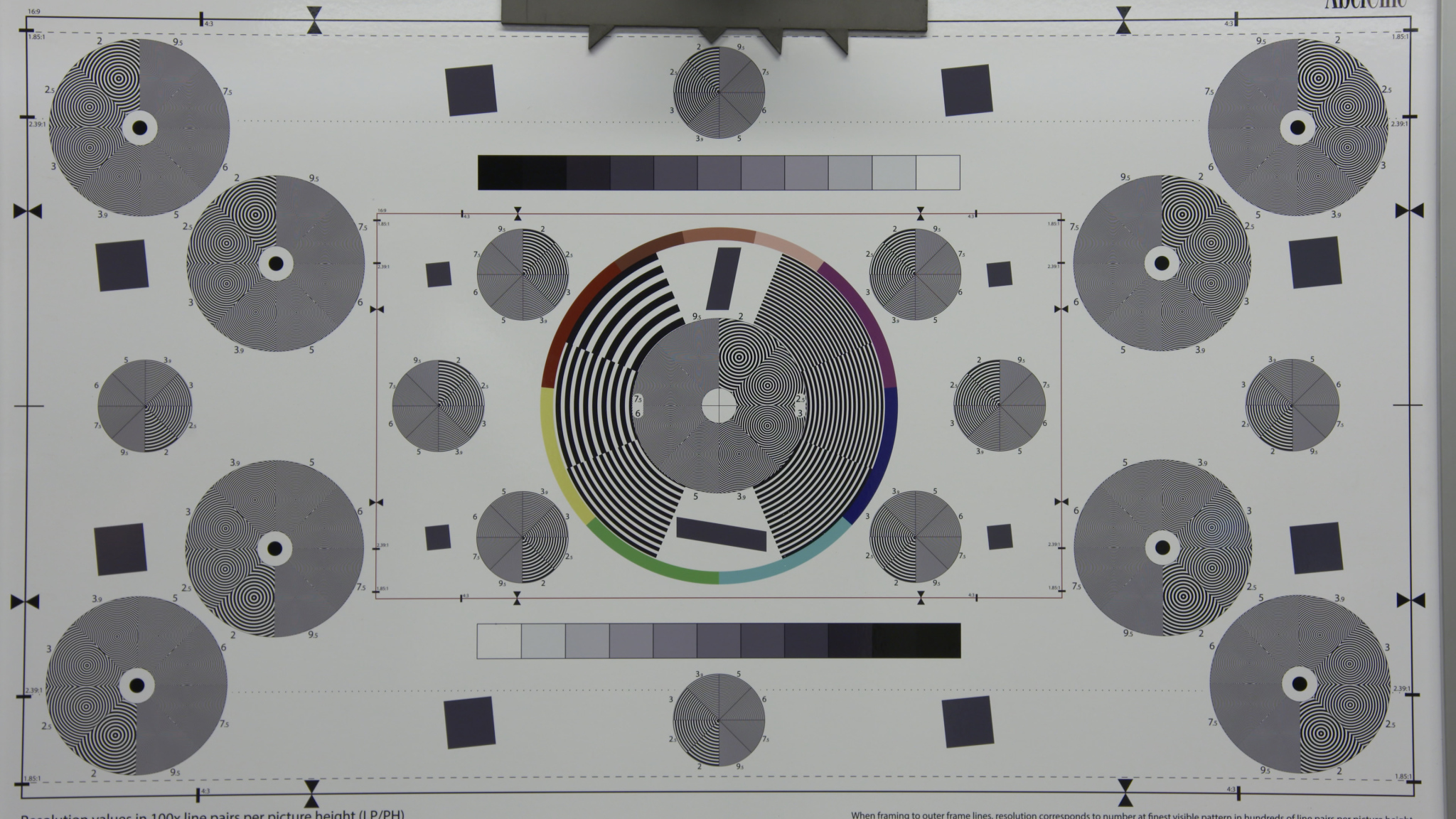
We tested the geometry of the lens by shooting the resolution chart and examining the outer box that lines the chart. You can see with the Cabrio, the geometry is nearly perfect, with just the slightest pincushion to the box. The effect is pretty minimal, and similar to many of the other lenses we tested. Click here to download larger reference images.
Edge Brightness

To test the edge brightness, we took the resolution chart shot at all T-stops from wide open to T11 and looked at it on a waveform monitor. Here, we can see subtle shifts in exposure across the image. Wide open at T2.9, there is a slight falloff on the edge of frame when looking at the waveform, but I would be hard-pressed to see it in a normal image. Once the lens is stopped to a T4 or higher, there is absolutely no falloff on the edges. Click here to download screen captures of all T-stops.
Sharpness
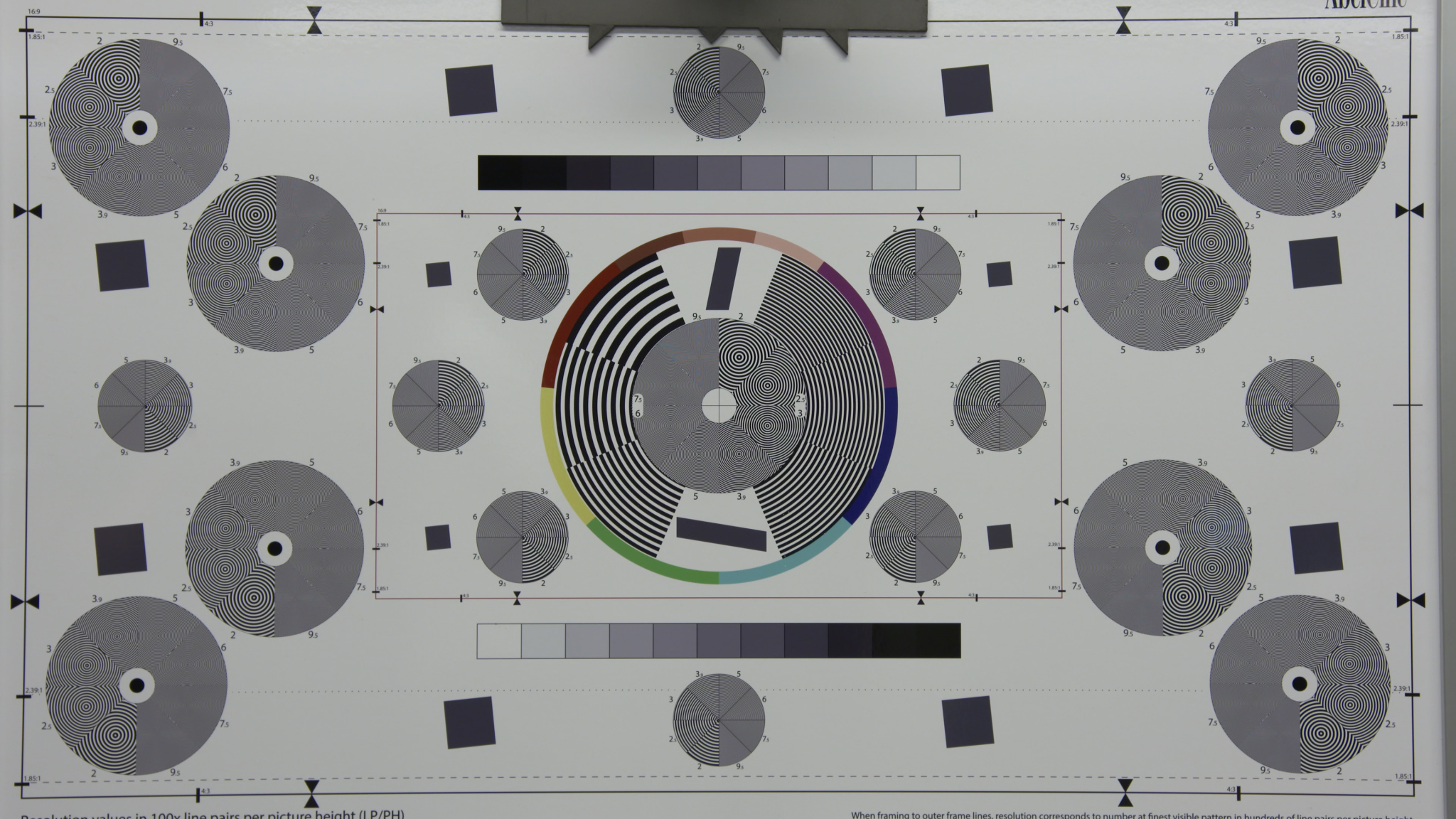
After shooting the resolution chart and looking closely at the resolution indicators scattered throughout, this is an incredibly sharp lens! I would venture to say the sharpest lens of the test. There is no sharpness falloff on the edges, and the sharpness holds from wide open at T2.9 to T11. This is a very impressive lens in this department! Download full resolution screen captures of all T-stops here.
Chromatic Aberration
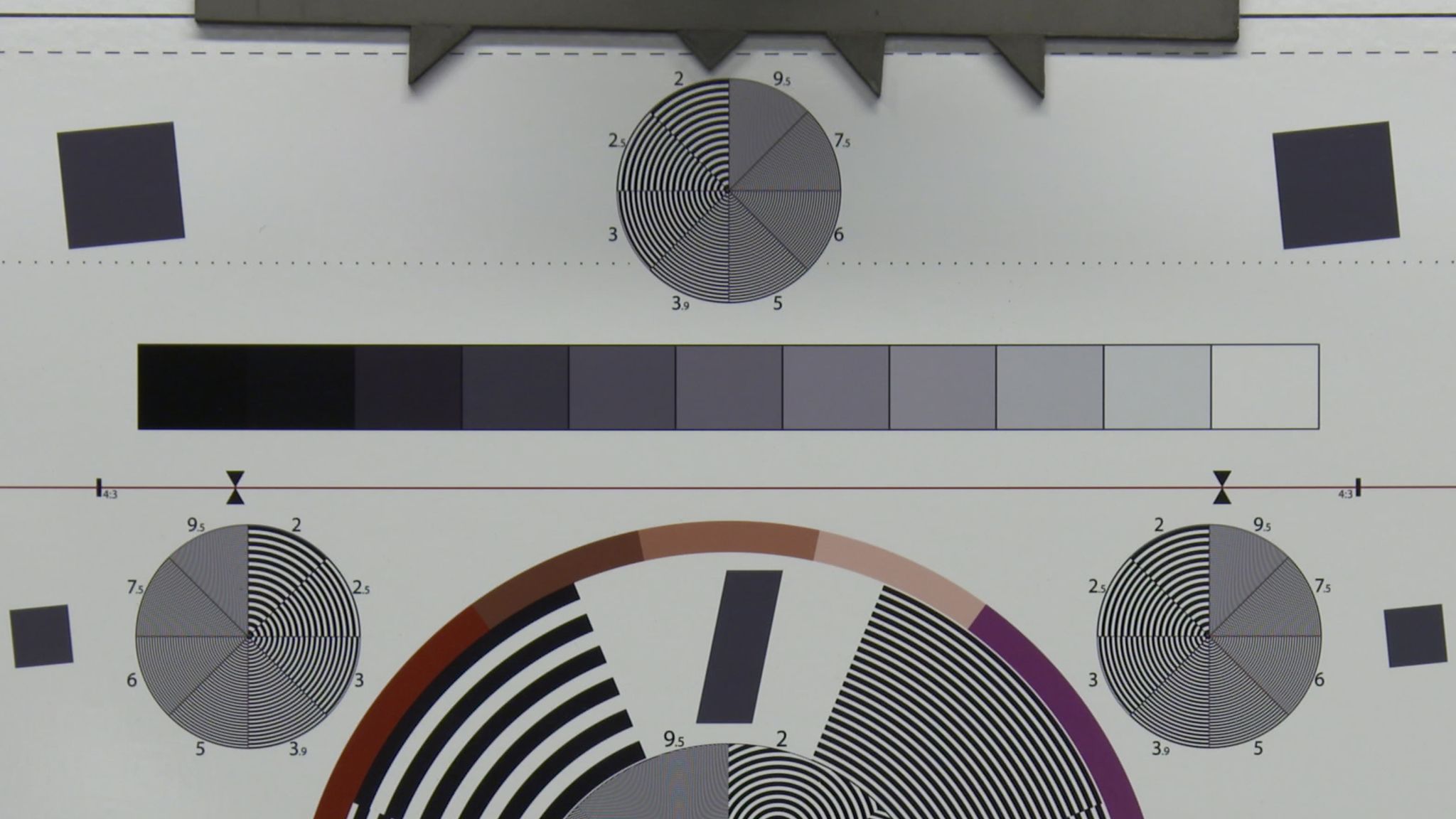
If we look at the off-kilter boxes on the resolution chart, we can look for chromatic aberration, or color fringing. With the lens, there is the slightest red and blue fringing on the vertical sides of the boxes. But nothing on the horizontal. If we check this against the interview frame, enlarged 300% at the windows, you can see a few examples of blue and red fringing on the vertical sides of the window frame.
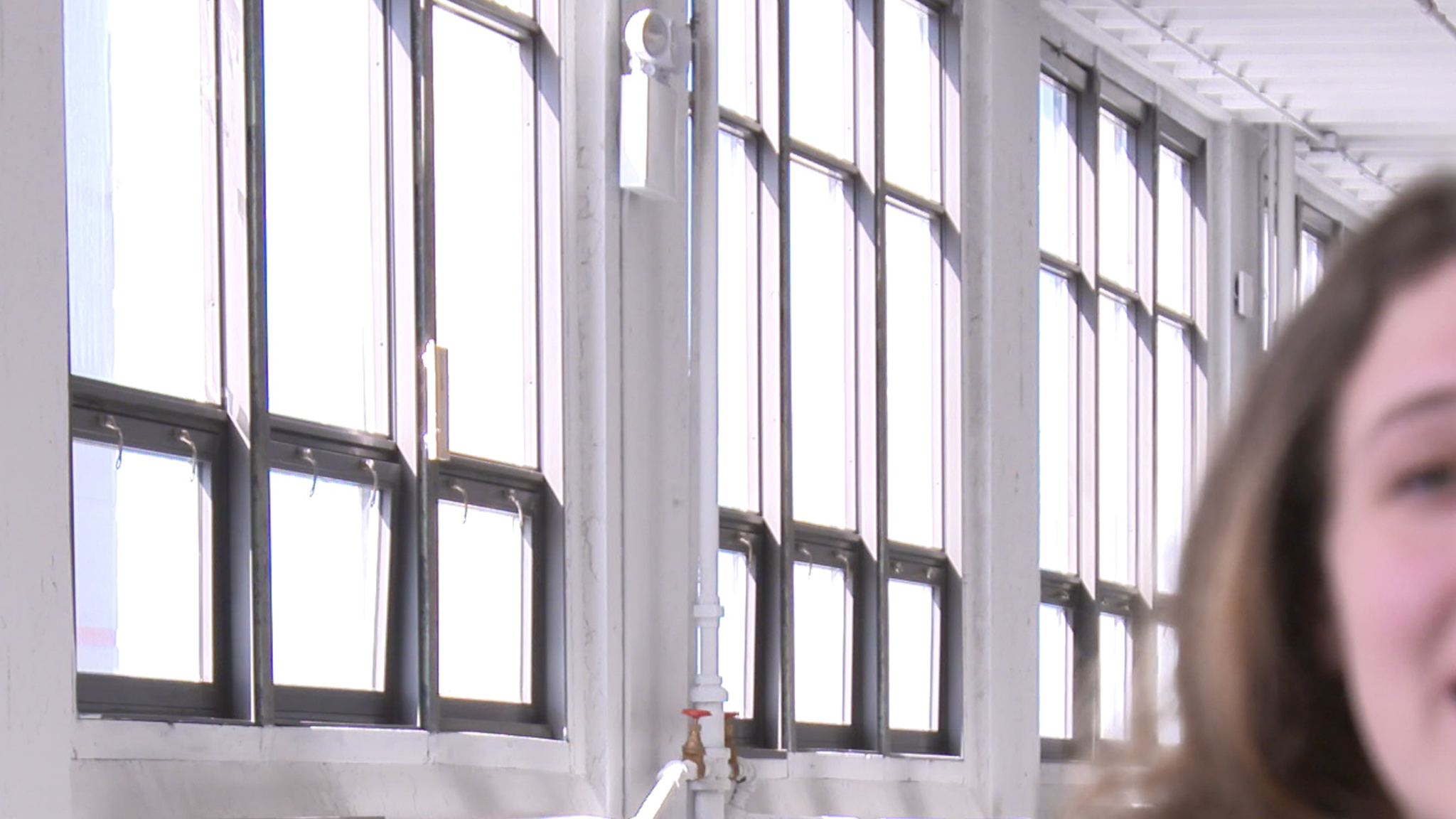
Interview frame at 300%
It’s not noticeable on every frame, only a few. I find this amount acceptable, since it’s not obvious or distracting at all.
Color

To test color, we first white balanced the camera sensor with no lens attached. This gave us a pure white from the ambient lighting in the room. We then attached the lens and shot a white card under the same lighting conditions. This gave us an accurate read on the lens color properties. When looking at the scopes, you can see on the vectorscope that the color leans towards green, and on the RGB Parade waveform, the green channel is as saturated as the red channel. The subtlety of this shift isn’t seen much in the overall image, but it does neutralize the skin tones a little bit by bringing some of the magenta out. In the end, it gives a slightly cooler look to skin tones. Click here to download larger, detailed examples.
Breathing
We tested the lens for breathing in two setups. The first is in the interview frame at both 35mm and 50mm. By watching the columns on the right side of the frame, you can see that there is notice scaling in the image as we rack from background to foreground at both focal lengths.
The second test was at the pool table, at the wide and tight end of the lens. While the same scaling technically exists, I didn’t find it to be nearly as apparent.
Minimum Focus
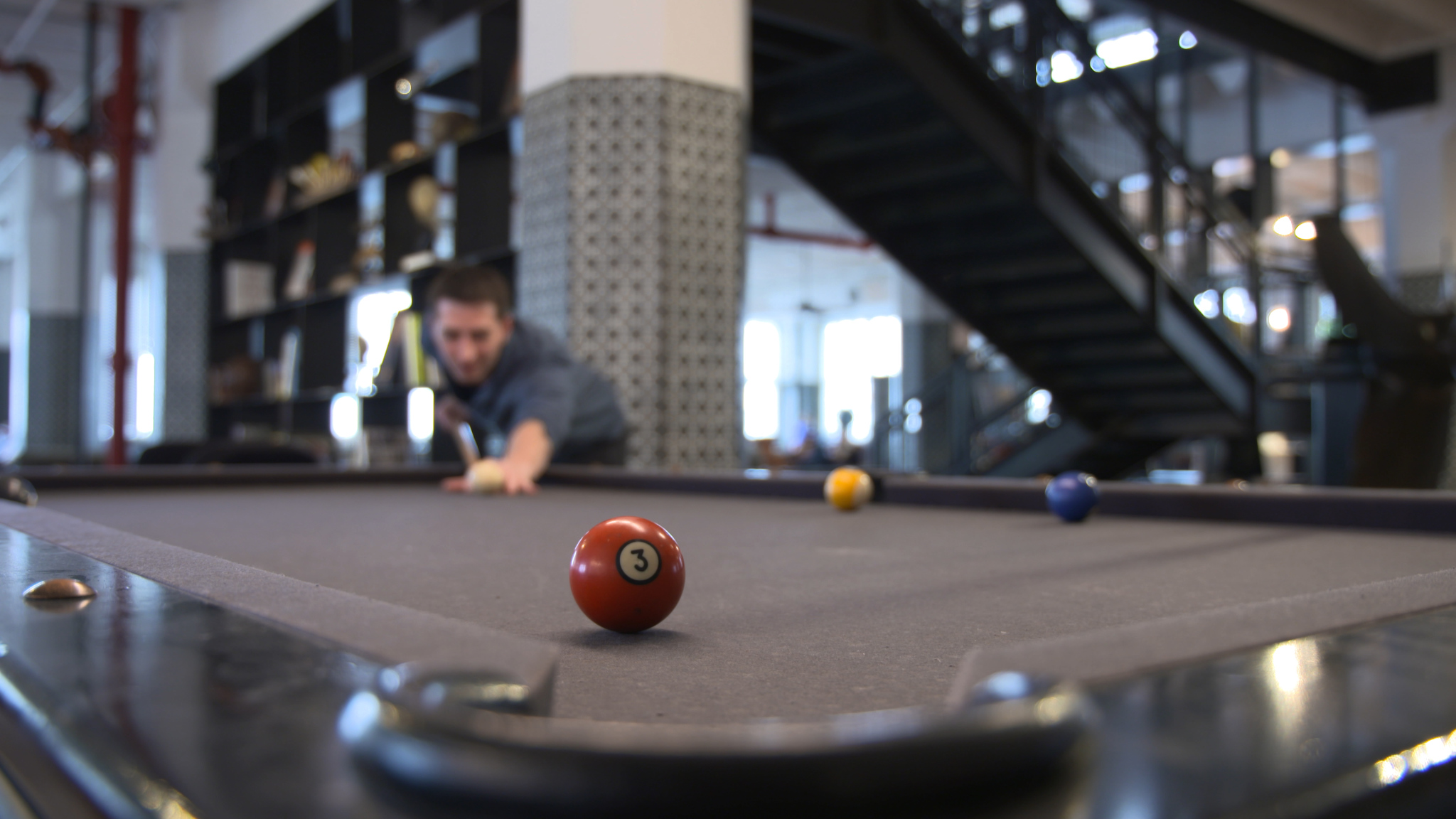
The minimum focus of the 19-90 is 2.8’, which isn’t exceptionally close. Despite not being that close, the sharpness of the lens wide open at T2.9 makes for a beautiful, shallow minimum focus shot. The lens also has a macro setting that can be engaged physically on the lens, effectively bringing the minimum focus to 2’. Sandwiched between the iris and the back focus adjustment is a knob that engages the macro focus. Be aware that your back focus will be thrown off, since this is using a diopter to pull the focus closer, so you can’t do extreme racks when in macro mode.
Bokeh
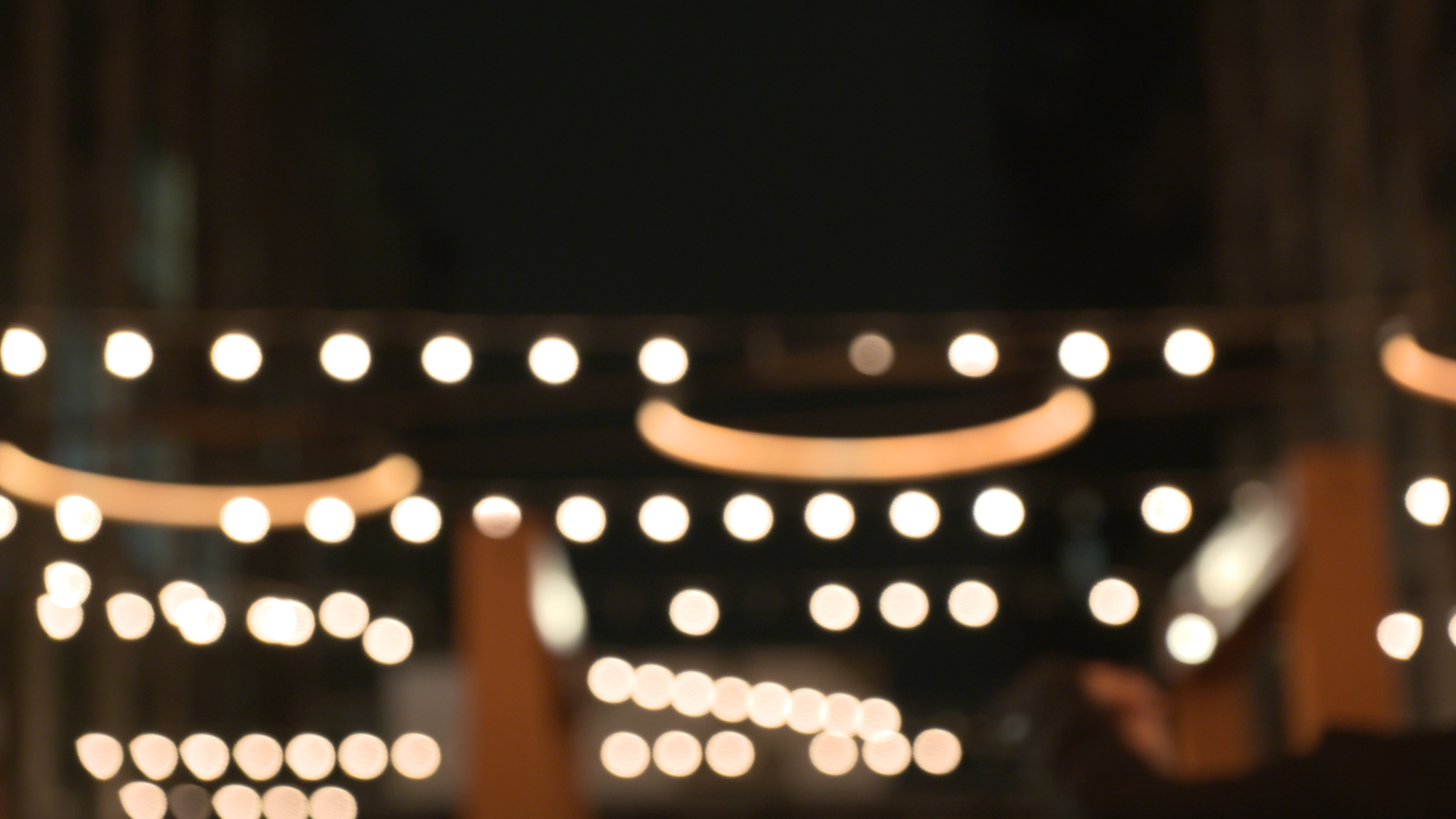
The Cabrio renders beautiful out of focus objects. If we take the outdoor cafe bulbs as an example, you can see that the bulbs are round and smooth, with a slight horizontal squish. As you get right along the edge of frame, the out of focus elements get one side cut off, creating a jagged outer edge.
Lens Flares
In my opinion, this lens flares beautifully and cinematically. At the wide end of the lens, there is a bright halo around the light that changes its geometry and color as the lens moves around the light. There is a long stream of lens elements that are soft, smooth, and various colors.
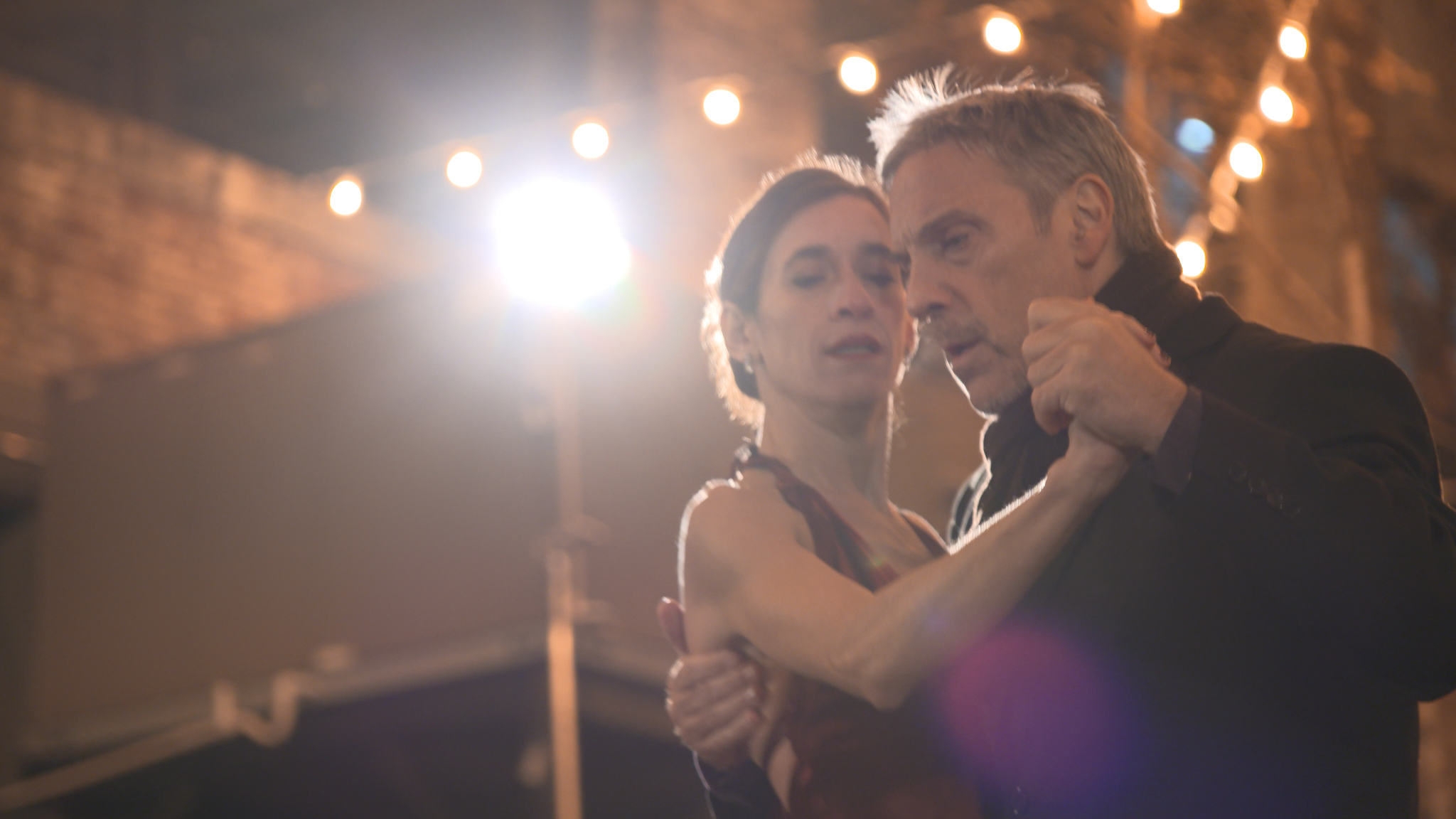
It’s at the tight end of the lens where things get really nice. Very early on, there is a bright, abstract flare on the edge of frame that is intense blue, then yellow. As we get closer to the light, halo rings float by and full light leaks of various colors dance in frame. Then, as we are almost to the light, the smooth orbs of various colors appear. For the majority of the flare at the tight end, it’s a magical, abstract light show. Click here to download more examples.
Conclusion
The Fujinon Cabrio 19-90 is a high quality cinema lens that also fits my criteria of a documentary zoom lens. The lens is solidly built, with well designed lens rings that are smooth to operate. The addition of the servo unit turns this cinema lens into the perfect ENG lens. The lens is fast with a constant T2.9 aperture.
The lens has no edge brightness falloff and is incredibly sharp, probably the sharpest lens we tested. There does appear to be slight chromatic aberration in vertical sections of the high contrast parts of frame, and the lens breathes at all focal lengths. The minimum focus is nothing to write home about, but there is a macro setting when you need to get that specific shot.
The color is neutral, with a slight green tint. This yields a cooler look to the skin tones alone, without impacting the look of the rest of the image much. The bokeh is soft and round, with a slight horizontal stretch. The flares are beautiful, colorful, abstract and cinematic.
I hope you found this lens test useful, and be sure to check out the other lenses in the Behind the Lens – A Look at Documentary Zooms series.

















